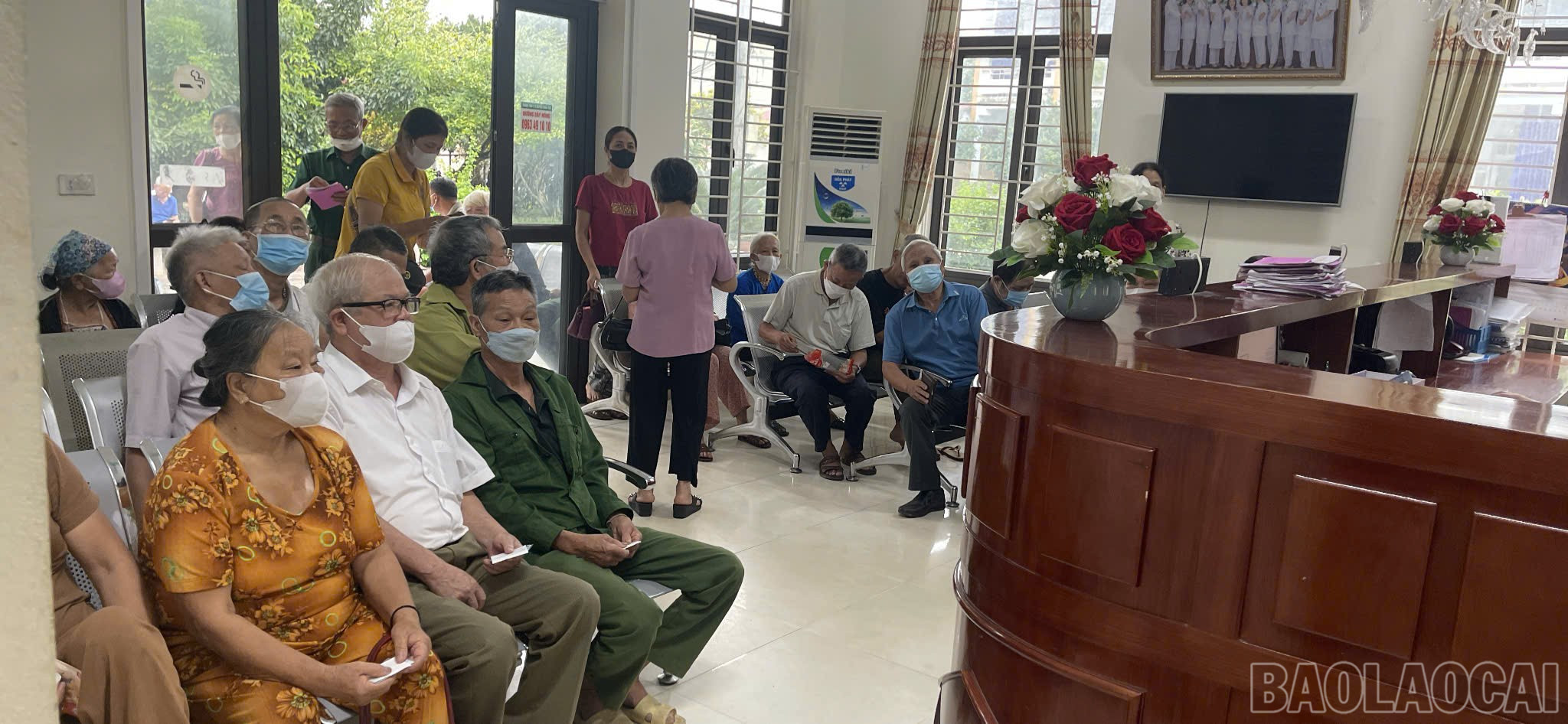
On the morning of July 3, at the reception area of Tran Yen Regional Medical Center, Ms. Le Thi Nguyen in Tran Yen commune happily said: “The province changed its name, the commune merged to be larger, there is no longer a district, I was worried whether the health insurance card would still be usable because I used to live in Tan Dong commune, now several communes have merged to take the name of Tran Yen commune. But when I came here, the nurses still welcomed me as usual, without asking me to change my card. All the benefits are still the same, I feel very secure!”
Not only Ms. Nguyen, many people in communes that were formerly part of the old Yen Bai province also share the same sentiment. The fact that the old health insurance card continues to be used normally, without causing any inconvenience or requiring changes to information, has helped people avoid confusion when going to receive medical treatment. In particular, the health insurance card has now been integrated into the citizen identification card, so all information after the province merger has been changed.
Mr. Nguyen Manh Thang in Yen Bai ward said: “All my worries about the change of administrative boundaries before going to the General Hospital for medical examination were dispelled when the nurse scanned my citizen identification card. All information has been changed according to the new administrative boundaries, my medical examination was not affected in any way.”
At provincial and regional hospitals in Lao Cai province, the working atmosphere is still normal, even more proactive and professional thanks to the health insurance management system that has been digitized and connected nationwide. Ms. Do Thi Hong Nhung - Nurse, Head of the Examination Department of Tran Yen Regional Medical Center said: "We have not encountered any obstacles in receiving health insurance patients since July 1. Patient data, insurance identification codes, and electronic records are all connected through the system of Vietnam Social Security. Patients only need to bring their health insurance card or ID card to use the service."
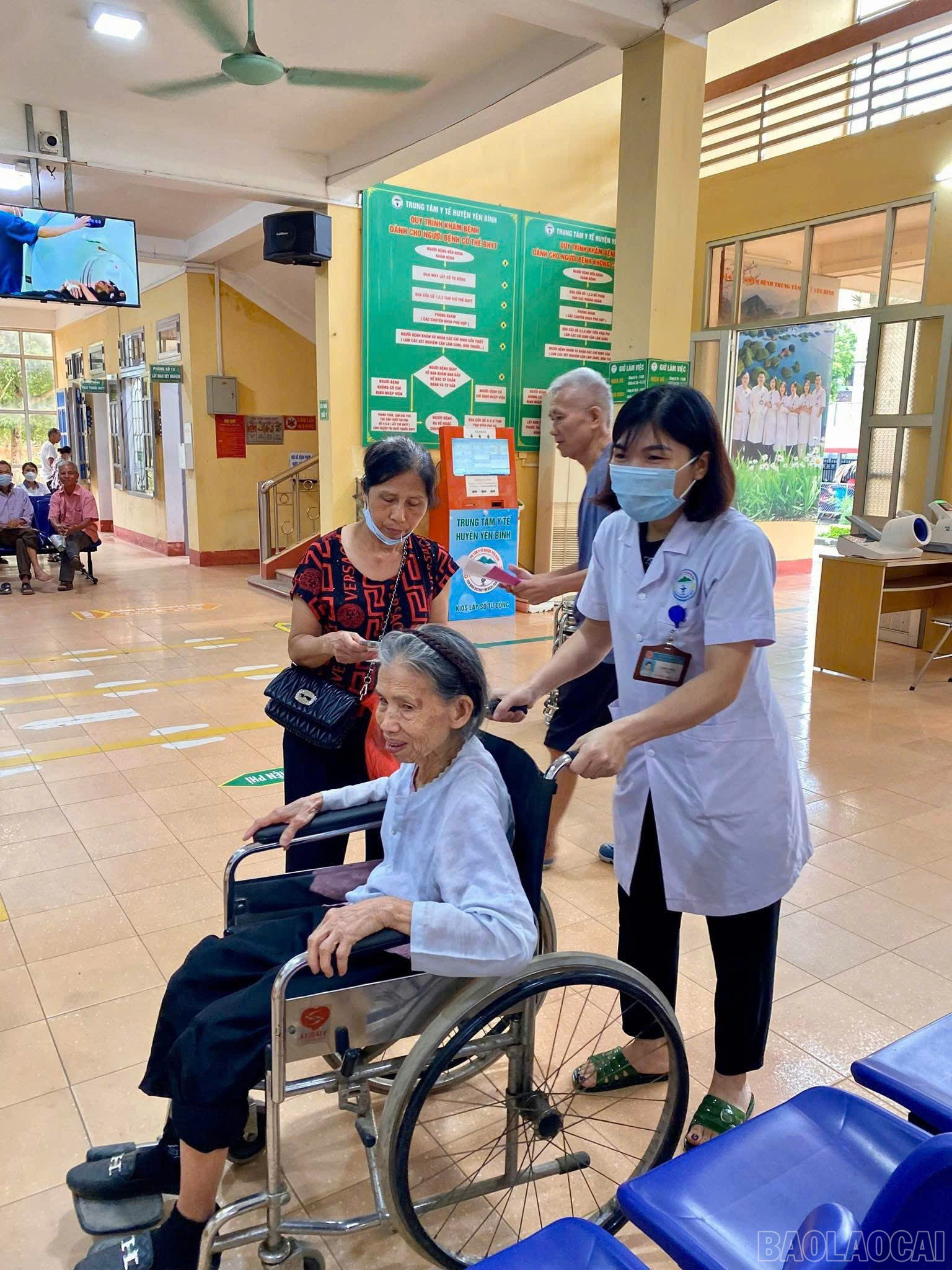
According to Ms. Nhung, health insurance payment and appraisal procedures are also being carried out via digital platforms, reducing paperwork pressure for both medical staff and patients. This is especially meaningful during the administrative boundary rearrangement phase, helping to avoid technical and legal problems.
Not only that, the Social Insurance Agency of Region XVII also assigned staff to directly coordinate with medical facilities that have major organizational changes, ensuring that medical examination and treatment are not interrupted. The work of assessing and paying for health insurance medical examination and treatment costs in the second quarter has been and is being carried out on schedule.
Mr. Hoang Van Thuy - Deputy Director of Social Insurance Region XVII, affirmed: "We put the people at the center, despite the administrative merger, we must not let any people have their health insurance benefits interrupted. Up to now, the entire system has been operating smoothly, ensuring the inheritance of old contracts and quickly adjusting to the new organization."
Social Insurance of Region XVII has also coordinated with health insurance medical facilities to finalize data, organize appraisal and payment, and finalize health insurance medical examination and treatment costs for the second quarter of 2025 and make advances for health insurance medical examination and treatment costs for the third quarter of 2025 according to regulations.
Along with that, the Social Insurance of Region XVII and the Provincial Department of Health accelerate the application of information technology in the management and appraisal of health insurance. According to the guidance in Official Dispatch No. 4040/BYT-BH of the Ministry of Health, from 00:00 on June 28, 2025, the Data Receiving Portal of Vietnam Social Insurance will officially receive digitally signed medical examination and treatment records. This is an important legal basis in the settlement of medical examination and treatment costs.
On that basis, the health sector is required to urge medical facilities to fully deploy electronic medical records according to Circular No. 13/2025/TT-BYT, striving to reach a rate of 100% by September 2025. Thanks to that, many people have noticed that the quality of medical services is being significantly improved. Thanks to the promotion of information technology application, the process of receiving, examining, treating and paying for health insurance has become faster.
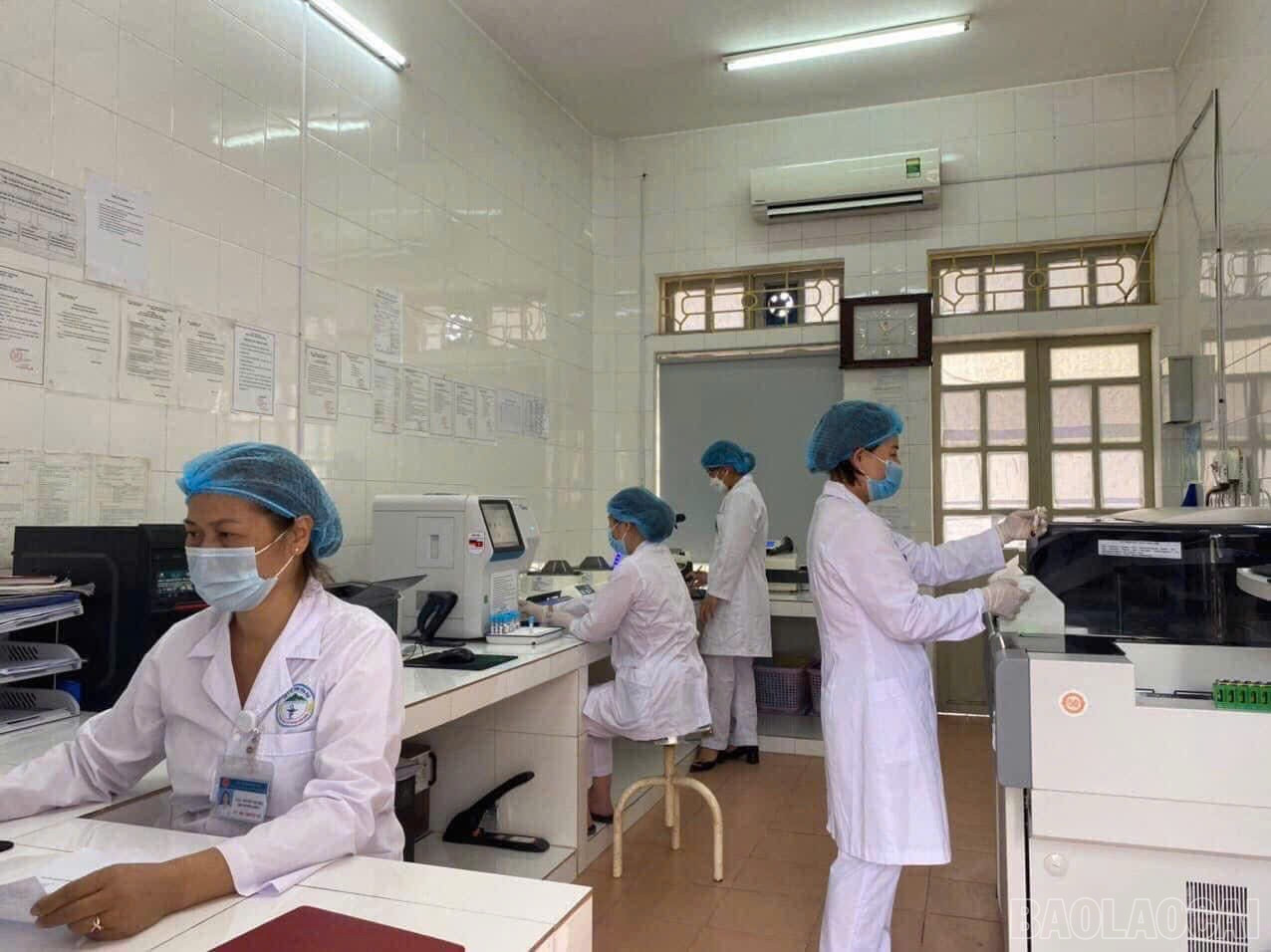
Ms. Nguyen Thi Thuy in Mau A commune shared: “Before, every time I went to the doctor, I had to bring papers and write down the prescription. Now, the doctor only needs to turn on the machine to know what treatment I had and what underlying diseases I had. I am old, so this is the least worrying thing.”
Many medical facilities have also begun to evaluate service quality through QR codes and electronic surveys, helping to increase accountability and transparency in serving health insurance patients.
It can be seen that after the two-level local government officially operated in Lao Cai province, people were not only not affected by health insurance benefits but also served in a more professional, modern and convenient medical environment. The reorganization of the administrative apparatus did not disrupt the social security system, especially in the field of health insurance, which is a clear demonstration of the initiative, responsibility and synchronization in the direction and operation of the authorities.
Source: https://baolaocai.vn/nguoi-dan-yen-tam-kham-chua-benh-bao-hiem-y-te-sau-sap-nhap-post647870.html


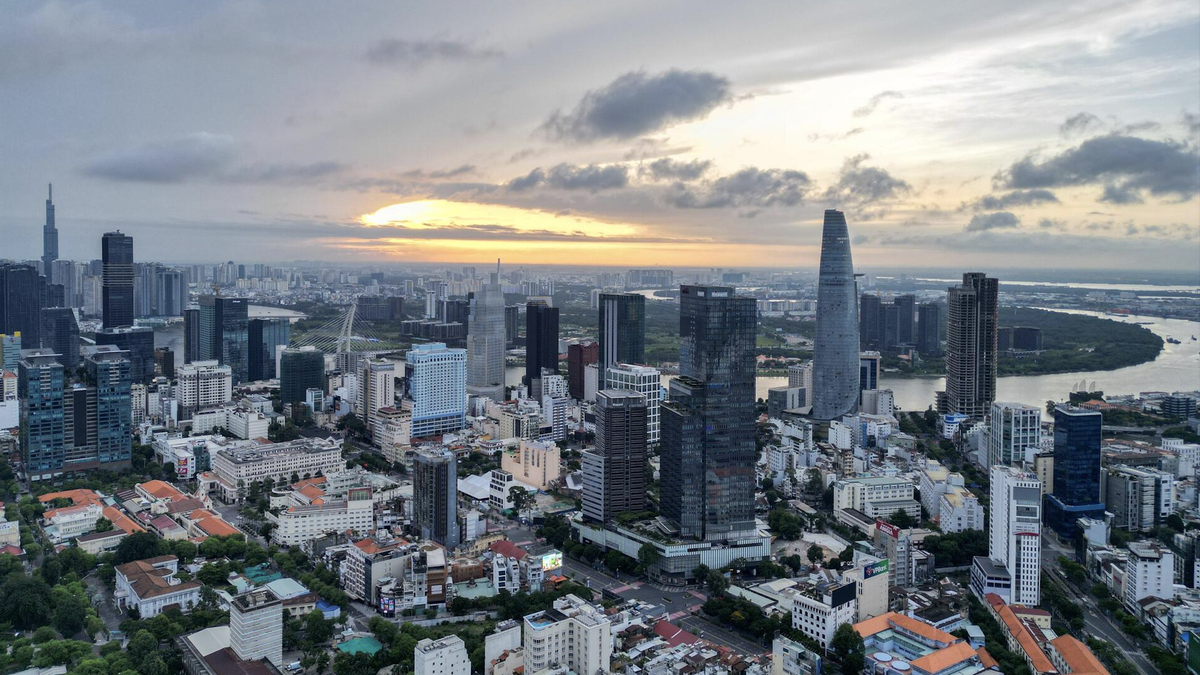









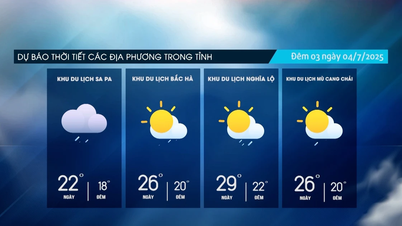
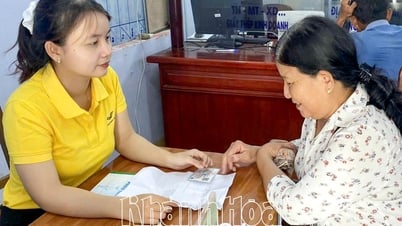









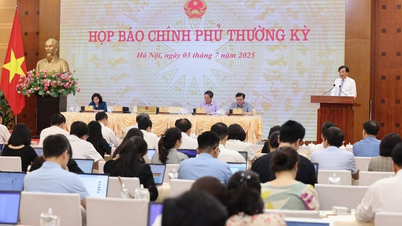
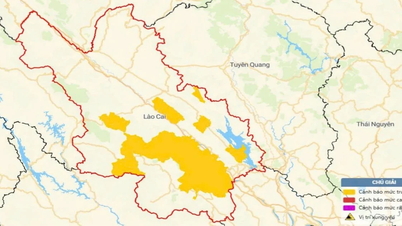


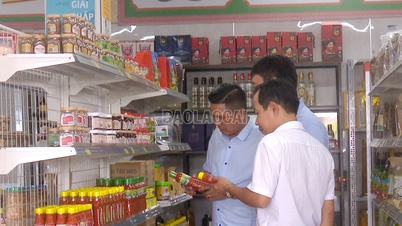












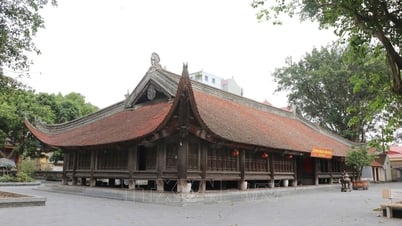







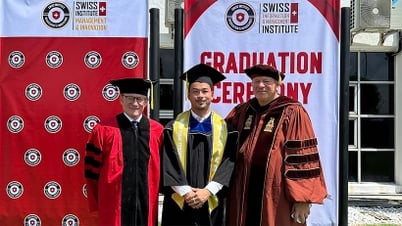









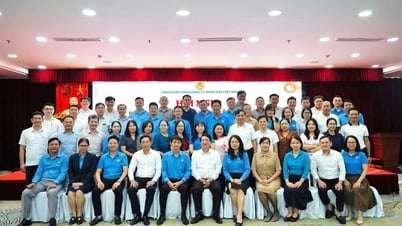

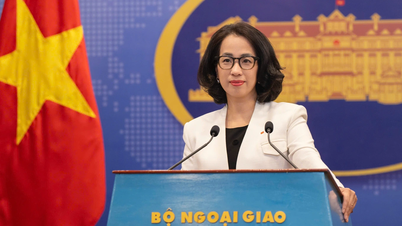

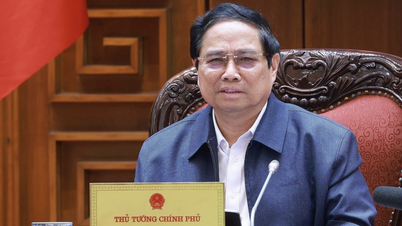













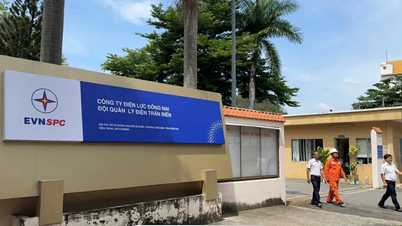




















Comment (0)